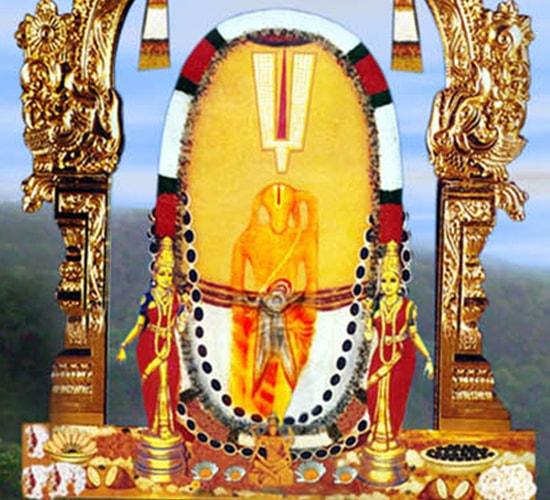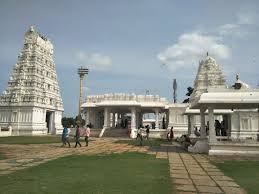Which of the following is a collection of magic spells and charms to ward off the evil spirits and diseases?
The last veda called the Atharva Veda is a collection of magic spells and charms to ward off the evil spirits and diseases. It is considered a non-Aryan work and is the latest addition to the Vedas in later Vedic age.
Which of the following is / are correct statements about the Maniyaro dance, which was recently in news? It is a variety of folk dance of Rajasthan It carries the sentiments of heroism of Maher community Select the correct option from the codes given below:
Maniyaro is a variety of folk dance of Gujarat. It carries the sentiments of heroism in the Dandiya Raas of Maher community in Gujarat. Maniyaro is usually being played with the ancient instruments like Drum, Flute, and Ravan Hattho etc.
Which of the following are the four Vedas? 1. Rig Veda 2. Sama Veda 3. Yajur Veda 4. Aranyaka Select the correct option from the codes given below:
There are in total four Vedas and every Veda generally is divided into four parts: the Samhita, the Brahmana, the Aranyaka, and the Upanishad. The four Vedas are: Rig Veda, Sama Veda, Yajur Veda and Atharva Veda.
The Rig Veda consists of how many hymns?
The Rig Veda is a consists of 1,028 hymns which are divided into 10 Mandals. They are the earliest compositions which depict the life of the Early Vedic people residing in India.
Which of the following is a collection of magic spells and charms to ward off the evil spirits and diseases?
The last veda called the Atharva Veda is a collection of magic spells and charms to ward off the evil spirits and diseases. It is considered a non-Aryan work and is the latest addition to the Vedas in later Vedic age.
Which of the following are considered to be the concluding portion of the Brahmanas?
The Aranyakas are considered to be the concluding portion of the Brahmanas. They deal with mysticism and philosophy. They emphasise meditation and oppose sacrifice. They are called the ‘forest books’
Which of the following period saw the emergence of rock-cut architecture?
Stone culture dramatically emerged as the principal medium of Indian arts in the Mauryan period. Many art forms such as stone sculptures, ring stones, disc stones, terracotta figurines, and stupa architecture were patronized by different Mauryan kings. The Maurya period also saw the beginning of rock-cut architecture.
Which of the following foreign travelers mentions in his memoirs that the Chandalas lived outside the village and had to maintain distance from the upper castes?
The Chinese traveler Fa-Hien mentions in his memoirs that the chandalas lived outside the village and had to maintain distance from the upper castes. The chandalas were told to strike a piece of wood to announce their arrival when they entered towns or market places so that the others might not touch them and get polluted.
During which of the following period, Sanskrit was firmly established as the language of royal inscriptions?
During the Gupta period, the consolidation of Brahmanical ideology took place as temple-based sectarian cults became popular. During this period Sanskrit was firmly established as the language of the royal inscription.
Which of the following is the writer of a Sanskrit kavya in the 6th century, Kiratarjuniya?
Bharavi was the writer of a sanskrit kavya of the 6th century called Kiratarjuniya. The Kavya describes the combat between Arjuna and Lord Shiva in the guise of a kirata or a mountain-dwelling hunter.








